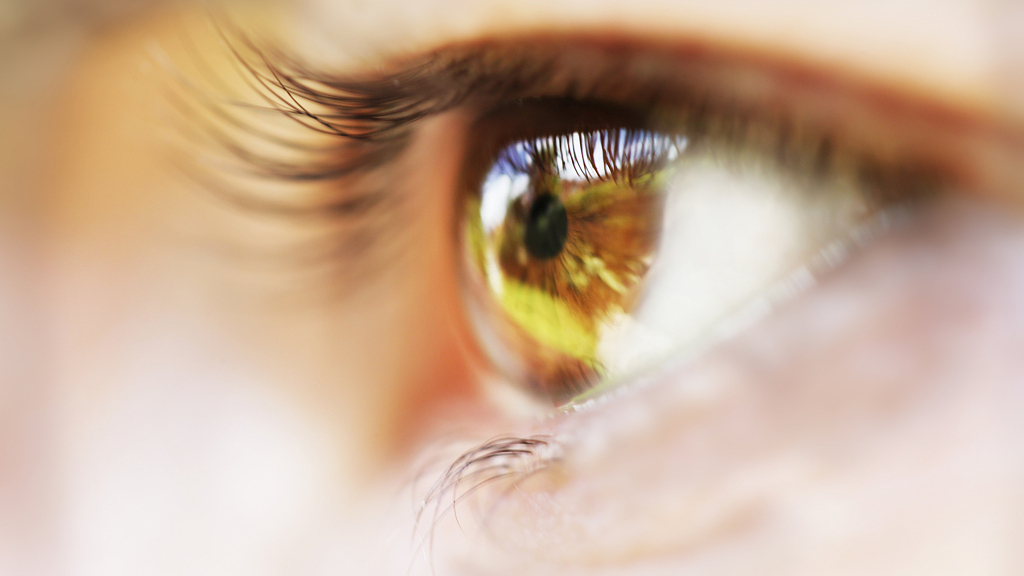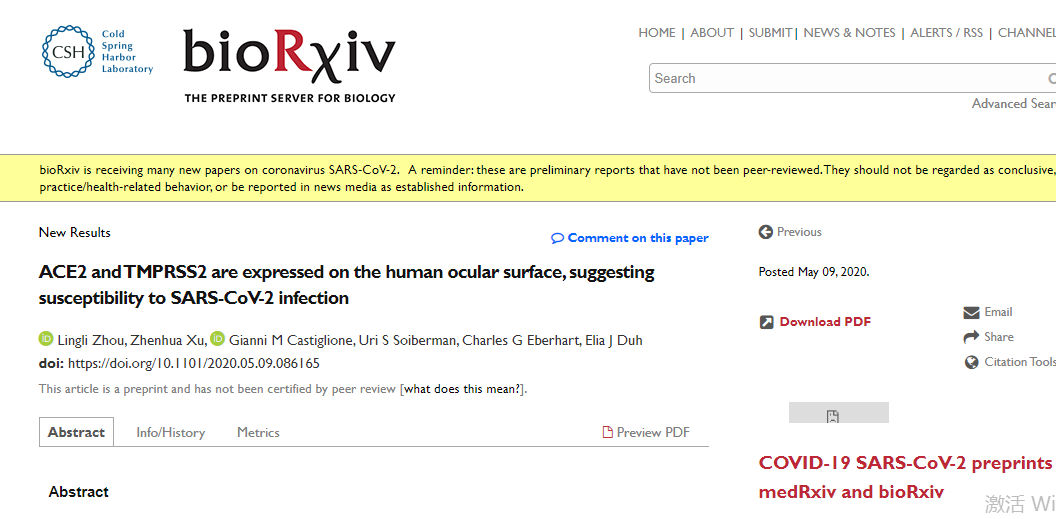
"Ocular surface cells including conjunctiva are susceptible to infection by SARS-CoV-2, and could therefore serve as a portal of entry as well as a reservoir for person-to-person transmission of this virus," researchers from Johns Hopkins University School of Medicine and Zhongshan Ophthalmic Center of Sun Yat-sen University wrote in a preprint study published in bioRxiv on May 9.
The short title of the paper is "ACE2 and TMPRSS2 expression on the human ocular surface," which refers to the two receptors of SARS-CoV-2 are detected in human's conjunctiva, limbus, and cornea.
The research also shows that ACE2 is especially prominent staining in the superficial conjunctival and corneal epithelial surface.
Since the outbreak of COVID-19 pandemic, there has been different opinions and awareness in the routes of viral infection.
Some speculation regarding the ocular surface could be a possible site of virus entry and also as a source of contagious infection have been discussed, according to preprint paper.

A screenshot of the paper at bioRxiv website.
A screenshot of the paper at bioRxiv website.
By analyzing human post-mortem eyes as well as surgical specimens for the expression of ACE2 and TMPRSS2, and collecting data from ten post-mortem human eyes, five non-diabetic controls lacking ocular disease, and five diabetic individuals with diabetic retinopathy, researchers found that "ocular surface cells including conjunctiva and cornea are indeed susceptible to infection by SARS-CoV-2, highlighting the importance of safety practices protecting this region."
As the Centers for Disease Control and Prevention (CDC) suggests people "wear a cloth face cover when they have to go out in public," the new study highlights the importance of safety practices including face masks and ocular contact precautions in preventing the spread of COVID-19.